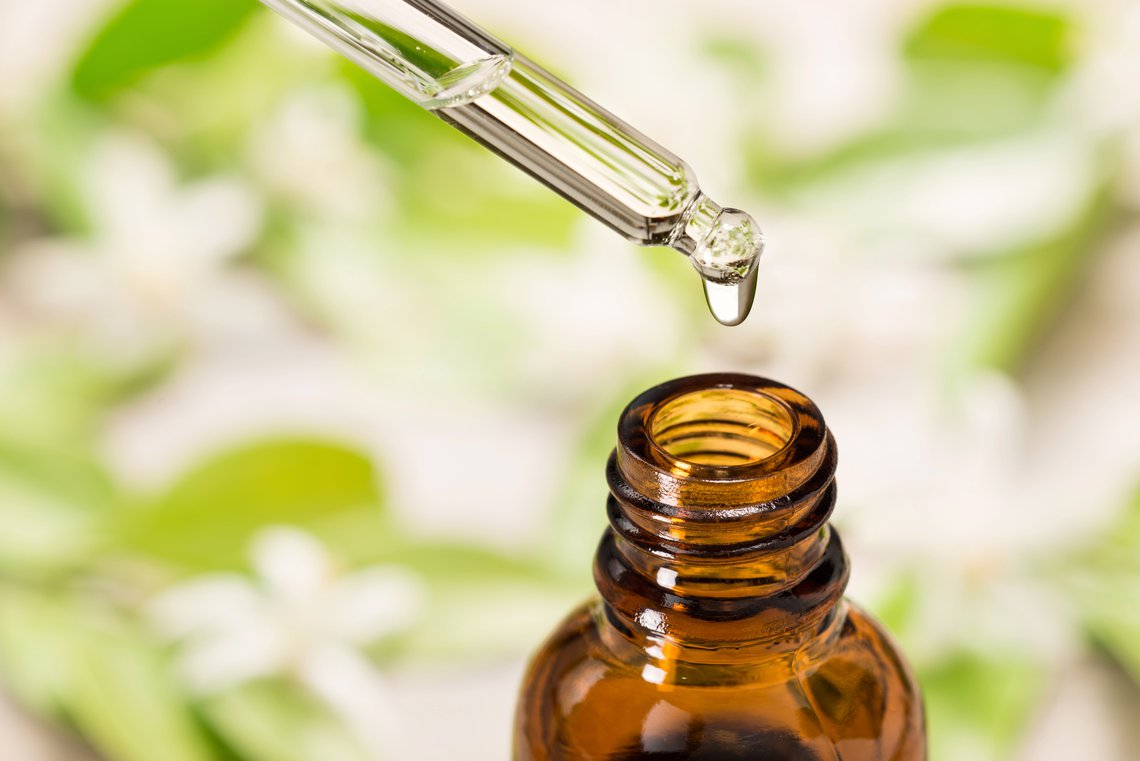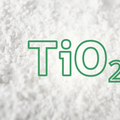
If there's one ingredient found in a large number of cosmetics, it's fragrance (also known as, parfum)! Why? Because the fragrance of a cosmetic product is a huge factor in why we choose one product over another.
The issue today with fragrance in our products is that with the rise of App use to scan our products, parfums and fragrances have gotten a bad rap. Certain fragrances can contain allergens that these Apps classify as "at-risk" ingredients. But what exactly is the level of risk we're talking about? Let's decrypt it with the technical experts of
our association.
General information concerning perfume allergens
What are fragrance allergens?
Fragrance ou parfum allergens are substances naturally present in fragrant ingredients (essential oils, etc.) or even in the fragrant ingredients themselves, which can cause allergic reactions in sensitive individuals.
Substances recognized as allergenic are regulated to limit the risk of contact allergies for consumers. Concentrations, obligatory mentions on packaging... Everything is strictly regulated.
How many allergens exist in fragrances and parfums?
There is now a large quantity of fragrant substances recognized for their potential to be allergenic.

On July 26, 2023, the European Union officially published the 2023/1545 Regulationon the labelling of allergenic fragrance substances in cosmetic products. This regulation follows the opinion issued in 2012 by the European Scientific Committee for Consumer Safety (SCCS).
This regulation expands the number of recognized allergenic substances to 81, compared to 24 before this update. Among them are 56 substances and 25 natural extracts that you may listed on your cosmetic products if it contains them.
- Alpha-Isomethyl ionone
- Amyl cinnamal
- Amylcinnamyl alcohol
- Anise alcohol
- Benzyl alcohol
- Benzyl benzoate
- Benzyl cinnamate
- Benzyl salicylate
- Cinnamal
- Cinnamyl alcohol
- Citral
- Citronellol
- Coumarin
- Eugenol
- Farnesol
- Geraniol
- Hexyl cinnamal
- Hydroxycitronnellal
- Isoeugenol
- Limonene
- Linalool
- Methyl 2-octynoate
- Evernia prunastri
- Evernia furfuracea
- 6-Methyl coumarin
- Pinus mugo
- Pinus pumila
- Cedrus atlantica
- Turpentine
- alpha-Terpinene
- Terpinolene
- Myroxylon pereirae oil / extract
- Rose ketone
- 3-Propylidenephthalide
- Lippia citriodora absolute
- Acetyl cedrene
- Amyl salicylate
- Anethole
- Benzaldehyde
- Camphor
- Beta-Caryophyllene
- Carvone
- Dimethyl phenethyl acetate
- Hexadecanolactone
- Hexamethylindanopyran
- Linalyl acetate
- Menthol
- Methyl salicylate
- Trimethylcyclopentenyl
- Methylisopentenol
- Salicylaldehyde
- Santalol
- Sclareol
- Terpineol
- Tetramethyl acetyloctahydronaphthalenes
- Trimethylbenzenepropanol
- Vanillin
- Cananga odorata oil / extract
- Cinnamomum cassia leaf oil
- Cinnamomum zeylanicum bark oil
- Citrus aurantium flower oil
- Citrus aurantium peel oil
- Citrus aurantium bergamia peel oil
- Citrus limon peel oil
- Lemongrass oil
- Eucalyptus globulus oil
- Eugenia caryophyllus oil
- Jasmine oil / extract
- Juniperus virginiana oil
- Laurus nobilis leaf oil
- Lavandula oil / extract
- Mentha piperita oil
- Mentha viridis leaf oil
- Narcissus extract
- Pelargonium graveolens flower oil
- Pogostemon cablin oil
- Rose flower oil / extract
- Santalum album oil
- Eugenyl acetate
- Geranyl acetate
- Isoeugenyl acetate
- Pinene
Technical details about perfume allergens
Labelling obligations for cosmetic brands:
In the INCI list, fragrance ou "parfum" (perfume in english, which is composed of several substances) is a special case. The regulation allows the manufacturer not to mention each of its perfuming substances on the product because it is considered a "trade secret". So only the terms "fragrance" or "parfum" will be mentioned.
However, brands are required to mention the presence of fragrance allergens listed in Cosmetic Regulation (No. 1223/2009) in the INCI list as soon as they exceed the following thresholds in the finished product:
0.001% for leave-on products (perfumes, creams, oils...)
0.01% for rinse-off products (shampoos, shower gels...)
Note:
- The regulation has introduced grouped names - identified in bold in the list of allergens presented above - corresponding to the grouping of certain substances under the same designation (whether they are added as such in the formula or come from the fragrance) and that you can find in the INCI list of cosmetic products. For example, the grouped name "Citral" corresponds to the grouping of the following substances: citral, geraniol, and nerol.
- A cosmetic product may contain labellable allergens and not indicate them on the list of ingredients as long as they do not exceed the thresholds indicated above.
This new regulation on allergen labelling will require brands to modify the labelling of both their new cosmetic products and those already being commercialized.
Deadlines have been set in place, giving time for brands to comply:
- 3 years after the adaptation of the new regulation (until July 31, 2026), only products with compliant labelling will be placed on the market of the European Union.
- 5 years after the adaptation of the new regulation (until July 31, 2028), only products with compliant labelling will be made available on the EU market.
Are there new concentrations to be respected?
The maximum concentration of fragrance and their allergens varies depending on the type of product. For example, a rinse-off product will not be subject to the same limitations as a product intended to stay on the skin.
The International Fragrance Association (IFRA) is the referent organistion for this subject. It issues recommendations regarding concentrations and safe use of fragrances in finished products, defining:
- 12 product categories based on the level of exposure to perfume (lip products, eye products, underarm products, candles, etc.)
- The maximum concentration of fragrance per product category
- The maximum concentration of each fragrance allergen per product category
Here is an example for geraniol :

Without knowing the exact quantity of fragrance or allergen present in a given cosmetic product, IFRA documents provide information on the maximum quantity they can contain.
Risks related to fragrance allergens
The risks associated with fragrance allergens are risks of irritation or allergies only for individuals sensitive to these substances: redness, itching, etc. Therefore, we cannot speak of "danger" as we would for ingredients known to be carcinogenic, for example.
These risks linked to allergenic reactions are quite limited, so mentionning these ingredients in INCI lists is more for informational purposes rather than health concerns. The goal is to facilitate their detection for individuals being susceptible to allergic reactions. The SCCS has also published an information sheet explaining that 1 to 3% of the European population has reported an allergy to fragrance ingredients.
In conclusion, we can say that fragrance allergens are to cosmetics what nuts are to food products. They are mentioned on packaging to ensure the safety of people who are allergic to them, but they are not dangerous for non-allergic individuals. In the case of food products, the presence of these allergens does not affect the overall rating of the product. So why is it the case in cosmetics?



